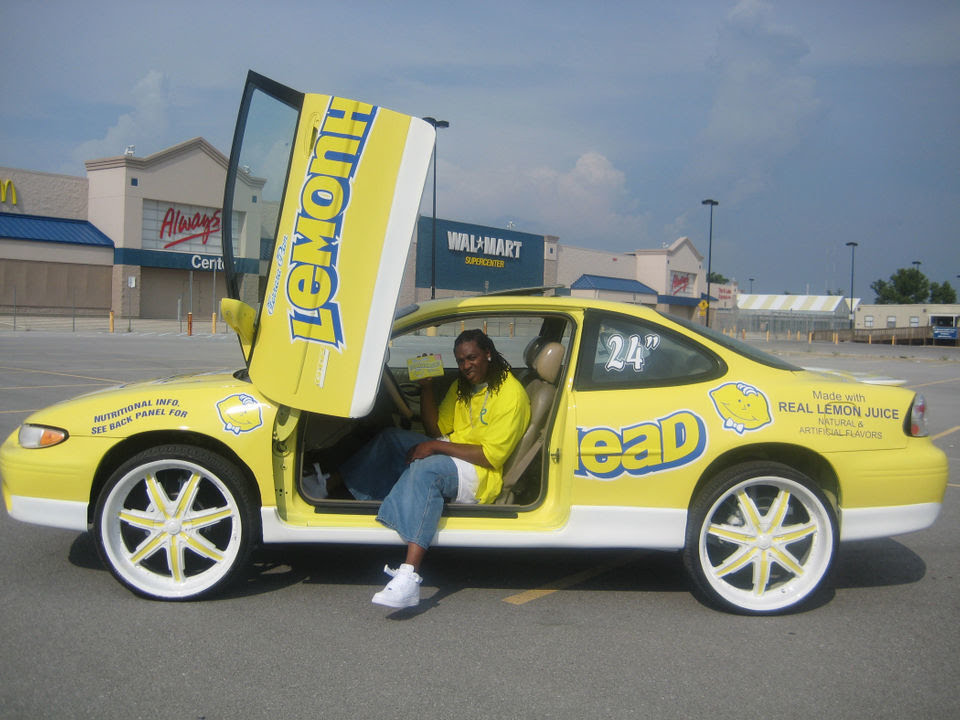Doug MacCash was a full-time art critic for The Times-Picayune in New Orleans when weather forecasters began predicting that a potentially deadly Category 5 hurricane was heading towards the city. So when he volunteered to ride out the storm in the newspaper’s office and help with the coverage, he wasn’t sure what to expect.
But on Monday, Aug. 29, 2005, just hours after the winds from Hurricane Katrina died down and out-of-town news stations began broadcasting that New Orleans had dodged the worst-case scenario, MacCash and a newspaper colleague would soon discover the shocking truth: the city’s protective levee system had been compromised, neighborhoods were quickly flooding and the city was heading for a major disaster.
“We were so unaware that I waited until 1:00 in the afternoon for my editor and friend James O’Byrne to finish editing for the next day’s paper,” MacCash said.
As they left on their bikes to investigate the damage, MacCash thought Hurricane Katrina had been like a typical Southern Louisiana storm. So, too, did O’Byrne.
“We were very confident that it had been a windstorm and not a flood,” O’Byrne said.
It was common after tropical storms for MacCash and O’Byrne to navigate the debris-ridden streets on their bikes; cars faced way more roadblocks.
“James and I both brought our bicycles,” MacCash said. “The highway was empty. The town had been evacuated for a day or two.”
Around 2 p.m. that Monday, the pair started riding towards Lakeview, O’Byrne’s neighborhood, located near Lake Pontchartrain. It was one of the lowest areas of the city. They wound up on an elevated railroad track.
“While we were on top of the railroad tracks … we became aware that there was not just standing water but water rushing through the street,” MacCash said.
It looked like a lake with beer coolers flowing through. This wasn’t conventional street flooding — highways were disappearing into the sea. They then realized Hurricane Katrina wasn’t the normal storm they expected.
“It was a pinch yourself situation,” MacCash said.
As they traveled through Lakeview, passing groups of stranded people, both knew O’Byrne had likely lost everything that wasn’t in his attic.
“We knew in that moment, around 3:30 in the afternoon on Monday, August 29th, while everyone is reporting that the city is dodging a bullet, Doug and I knew that the city would go under water,” O’Byrne said.
MacCash’s wife and two children had left town, but he thought of his mother, who had decided to stay behind in her storm-proof apartment building.
“I warned her that it was going to be very hot, and she would get bored before it was all over,” MacCash said, “I had to wonder if she was surrounded by water, and she was, in the end.”
MacCash and O’Byrne approached different neighborhoods with the same sad issue. There were islands made of shingled roofs. People were stuck, surrounded by water, with nowhere to go.
“We ran into neighbors who believed that maybe one of their neighbors, who was wheelchair-bound, had been caught in the flood,” MacCash said. “It is a helpless feeling.”
All they felt they could do was report on the situation and hope these people would be helped. The stranded were shouting at him from rooftops but he had to keep moving. Soon, though, rescuers showed up, seemingly from nowhere.
This kind of reporting was different for MacCash. He had been an art critic, not the kind of reporter who went into traumatizing situations and reported on them. But he had to embrace it.
“I was aware that we were seeing things that the rest of the city, the rest of the country, had to know, and at the same time, you have the instinct of thinking you should be doing something more immediate,” MacCash said. “We did not dissolve into emotion immediately. It was a numbing disaster.”
It took time for the enormity of the catastrophe to sink in.
“We realized that this isn’t something that’s gonna be swept up by that evening, and it hit me that this is a disaster unfolding,” MacCash said.
The city has changed since overcoming Katrina, MacCash said, and he changed, too — he became a journalist. To MacCash, his transformation was reminiscent of the end of “The Wizard of Oz” when the Tin Man received a diploma. He had a brain but needed a diploma.
“Until that point, I had been a critic, but maybe not a journalist per se,” MacCash said. “But by the Friday after Katrina, I was a journalist for real.”
The culture of New Orleans didn’t wash away into the Gulf, he said. The city eventually emerged with a new feeling — a feeling of resurrection and new life. MacCash believes that three years after Hurricane Katrina both art and the people were revitalized.
He said 2008 saw an artistic revival. “It became this great creative place, great creative outpouring.”
People were wondering if the carnival culture would live on after the storm. But that year young people embraced cultural expression, sometimes wrapping their entire cars in vinyl.
“It looked as though they had wrapped their car as advertisements for Lemonhead candy or Flamin’ Hot Cheetos, or you name it,” MacCash said. “In my view, it was New Orleans’ instinct for costuming that had somehow translated into car culture.”
It was just a year before the New Orleans Saints won the Super Bowl. The city was in a new form, with new people and those who had stuck it out through the travesty, MacCash said. New Orleans was on its way to being whole again.

